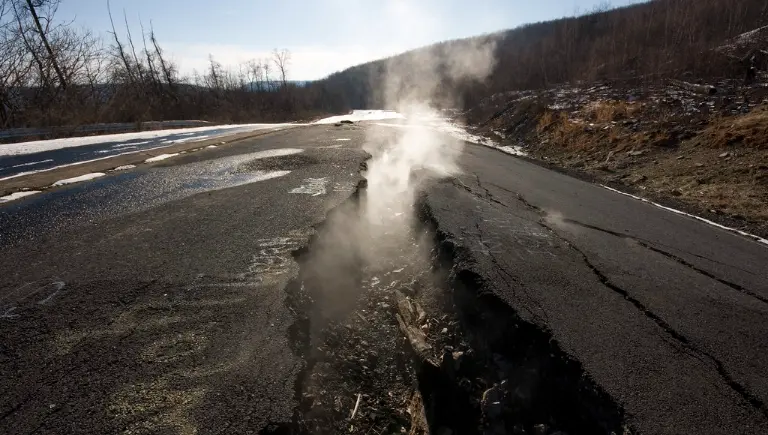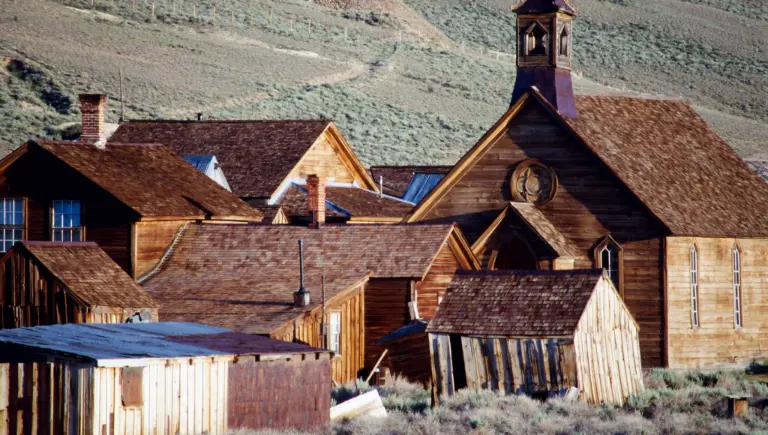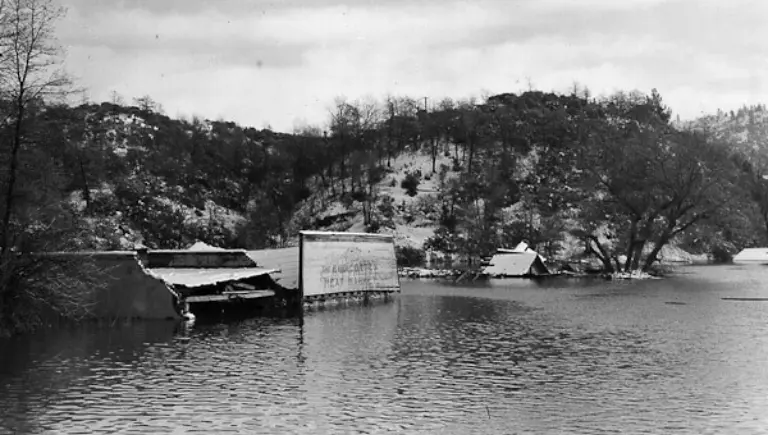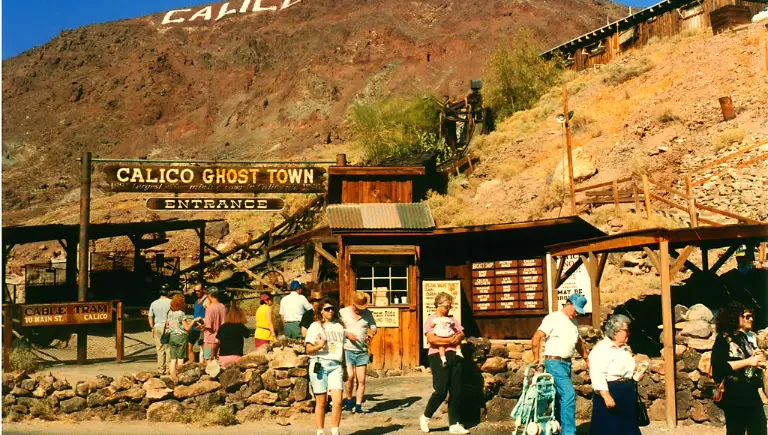Uncovering the Secrets of Forgotten American Towns Lost to History
Many of us have heard stories about ghost towns or seen pictures of abandoned places. These towns, once lively with people and activity, now sit silent and empty. Their deserted streets and crumbling buildings tell stories of a different past. These towns hold secrets about America’s history, economy, and the changing ways people live. Exploring these forgotten towns reveals the waves of growth and decline that shaped the nation.
The Rise and Fall of American Towns: A Historical Perspective
🔹 Info Box
Boomtowns are towns that rapidly grow due to economic opportunity, but are often at risk of sudden collapse once that opportunity disappears.
The Birth of Boomtowns During the Gold Rush and Industrial Era
In the 1800s and early 1900s, discovery of gold, silver, and other resources led to the quick growth of many towns. These places appeared overnight as people rushed to strike it rich. Cities like Tombstone, Arizona, and Eureka, Nevada, grew rapidly during this time. They became busy hubs filled with miners, merchants, and families. Experts say that economic opportunity drove many towns to boom, but this often came with risks. When resources ran out or the economy slowed, towns could vanish just as fast as they appeared.

Economic Decline and Migration: Causes of Town Disappearance
Many towns started to disappear when the resources that created them dried up. Miners exhausted precious metals; forests were cut down. Sudden economic downturns or natural disasters sometimes wiped out entire communities. As jobs disappeared, people moved to cities with better opportunities. Over the last century, rural communities have shrunk rapidly. Today, many small towns have only dust and memories left behind.
Notable Vanished Towns and Their Stories
Tombstone, Arizona: The Silver Boom and Its Aftermath
This famous Old West town is best known for the Gunfight at the O.K. Corral. Tombstone boomed because of silver mining. When mines dried up, the town’s population declined sharply. Today, Tombstone mostly attracts tourists looking for a taste of the Wild West. Its old buildings and staged shootouts keep the town lively with visitors.
Centralia, Pennsylvania: The Underground Mine Fire
Once a lively coal mining town, Centralia changed forever in 1962. An underground fire started in an abandoned coal dump. The fire spread through the tunnels, burning beneath the town. Today, Centralia is almost empty. Most residents moved away. The town’s streets are empty, and the smoke rises from cracks in the ground. It looks more like a ghost town than a place anyone calls home.
💡 Did You Know?
The underground mine fire in Centralia is still burning over 60 years later, with no signs of stopping.

Cahawba, Alabama: The State Capital Turned Ruin
Founded in the early 1800s, Cahawba was once Alabama’s capital. But floods and changing economic patterns caused it to decline. Its strategic location also made it vulnerable to floods. Today, Cahawba is a historical site. Visitors can walk among the ruins and learn about its past. It’s a reminder of how nature and economics once reshaped communities.
Bodie, California: The Gold Rush Ghost Town
Bodie was born during the California Gold Rush. It grew rapidly, but lawlessness and economic decline caused residents to leave. Today, Bodie is a well-preserved ghost town. It’s maintained by preservation groups and draws thousands of visitors each year. The town gives a glimpse into the wild days of gold rush California and what left behind.

Environmental and Economic Factors Leading to Town Disappearance
Resource Depletion
Many towns died because they simply ran out of the natural resources that made them thrive. When a mine closed or forests were cut down, local economies collapsed. For example, towns built on mining often disappeared once the minerals were gone. The numbers show that resource exhaustion is one of the main reasons towns become ghost towns.
Natural Disasters and Climate
Floods, fires, and harsh weather have also wiped out communities. Cahawba suffered from frequent flooding, which made it difficult to stay. Environmental forces sometimes challenge towns to survive year after year. In many cases, natural disasters pushed people to leave for safer places.

Industrial Shifts and Economic Obsolescence
As industries change, entire towns can become outdated. When America moved from resource-based to service and tech economies, small towns dependent on one industry struggled. Some went into decline when jobs disappeared or moved away. These shifts hurt many rural areas and led to abandoned communities.
The Cultural and Historic Significance of Forgotten Towns
Preserving the Heritage and Stories
Many groups work hard to save what’s left of these vanished towns. Historical societies restore buildings and create museums to keep stories alive. These efforts help us learn from history and remember the people who called these places home.
Lessons from Vanished Towns
Studying these towns teaches us about economic ups and downs. They show the importance of community planning and diversity. Towns that rely on one industry are at risk. Learning from past mistakes can help modern towns avoid the same fate.
📌 Quick Fact
Many towns vanished simply because their economies weren’t built to last—most depended on just one industry.
Modern Day Ghost Towns and Their Tourism Appeal
Revival and Preservation Efforts
Today, some abandoned towns are being brought back to life as tourist destinations. Places like Bodie State Historic Park attract visitors who want to experience history firsthand. These towns offer a peek into the past and help preserve America’s heritage.

Safety and Ethical Considerations
Exploring old ruins can be dangerous. Falling debris, unstable buildings, and wildlife pose risks. Respect the sites and local communities. Visiting these places helps keep history alive without damaging what’s left behind.
⚠️ Warning Box
Many ghost towns are structurally unstable. Always follow posted signs and avoid entering condemned buildings.
Conclusion
The stories of America’s vanished towns are stories of change. They show us how economic shifts, natural forces, and human choices shape communities. These towns remind us that cities and towns are fragile, but also resilient. Learning their stories can inspire us to protect and cherish the towns we still have. Support preservation projects and educate others about these lost communities so their memories won’t fade away. Their stories are part of the nation’s rich history, waiting to be remembered.







